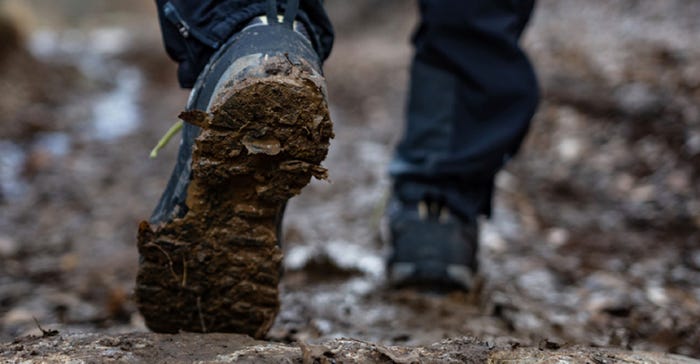Studies show need for vigilant African swine fever on-farm prevention
African swine fever outbreak could cost U.S. up to $75B; Between-farm movements of pigs is biggest vulnerability for producers
August 14, 2023

Two recent studies on the devastating impact of an African swine fever outbreak in the United States underscore the importance of biosecurity for pork producers.
A May 2023 Iowa State University working paper showed that an outbreak of the disease in the United States would result in as much as $75 billion in losses to the industry, including a cut of 60,000 jobs. Pork prices would plummet between 50% and 60% and stay low for three years.
A more recent North Carolina State University (NCSU) study, supported by the U.S. Department of Agriculture’s (USDA) Animal and Plant Health Inspection Service, modeled how an outbreak of the virus might spread among pig farms in the southeast United States.
“Between-farm movements of swine were the predominant route of [African swine fever] transmission with an average contribution of 71.1%, while local spread and movement of vehicles were less critical with average contributions of 14.6% and 14.4%,” the researchers concluded.
The findings raise the importance of implementing biosecurity best practices. Pigs infected with African swine fever may not show signs of infection before dying, which could cause the virus to spread quickly throughout a farm or facility.
“The longer ASF continues to circulate around the globe, the greater the threat to the U.S. swine industry,” said Dr. Jack Shere, APHIS Associate Administrator and head of the Agency’s ASF domestic efforts. “Prevention is our best investment as it saves billions of dollars and only costs millions. In an industry which exports nearly 30 percent of its production, the trade losses alone would be devastating,” he added.
One-stop resource to help prevent African swine fever
USDA plans to invest more than $500 million to keep the disease out of the United States. As part of that investment, USDA is raising awareness of African swine fever to help producers and veterinarians quickly find and share actionable information to defend their herds and livelihoods through the Protect Our Pigs campaign.
Pork producers and others can find the latest biosecurity best practices and control measures at Protect Our Pigs as well as free resources like custom videos, downloadable materials such as biosecurity action plans, and interactive training guides that help educate and train workers and visitors.
4 biosecurity steps to stop common disease transmission
1. Ensure strict movement-of-animal protocols. Make sure pigs and semen, if applicable, come from documented sources and are verified as not having foreign animal diseases. Even then, no other animals can be introduced onto the site for at least seven days before moving any animals to another pork production site with susceptible animals. Ensure animals leaving the production site can only move in one direction across any line of separation at one time. Have a contingency plan for interrupted animal movement. Clean and disinfect contaminated areas.
2. Restrict access to your production site. Limit a site’s entry points and protect each with lockable gates. Lock buildings when no one is present. Establish a perimeter buffer area (PBA) to serve as an outer barrier around buildings to limit movement of the virus near animals. Designate a clearly marked parking area outside the PBA. People and vehicles moving through PBA access points must follow cleaning, disinfection, and other biosecurity measures. Also, create one or more line(s) of separation (LOS) as a control boundary to prevent movement of the virus into animal areas.

Photo submitted by USDA
3. Beef up personnel biosecurity practices. The fewer people and vehicles on the farm, the better. Limit access only to people who are essential to a production site. Ensure everyone crossing the LOS arrives showered and wearing clean clothing and shoes. All individuals crossing a LOS should sign an agreement to follow the rules. Require those crossing a LOS access point to complete an entry logbook. Ensure the logbook is monitored, and information is maintained.

Photo submitted by USDA
4. Take other steps to limit vehicular and local spread. Wash and disinfect all on-farm equipment and vehicles, as the virus can stay on them. Follow specific cleaning and disinfection protocols for all vehicles entering or leaving your site. Also, prevent feed contamination and control wildlife, rodents, and flies. Ensure that grain and feed are delivered, stored, mixed, and fed in ways that prevent contamination. Clean up and dispose of feed spills. Make sure the facility prevents all animals from crossing into secure areas and contacting pigs.
The NCSU study also showed that control actions like quarantine, depopulation, movement restrictions, contact tracing, and enhanced surveillance had a big impact on reducing secondary infections.
To learn more about safeguarding your herd and livelihood, visit Protect Our Pigs.
You May Also Like
.png?width=300&auto=webp&quality=80&disable=upscale)



